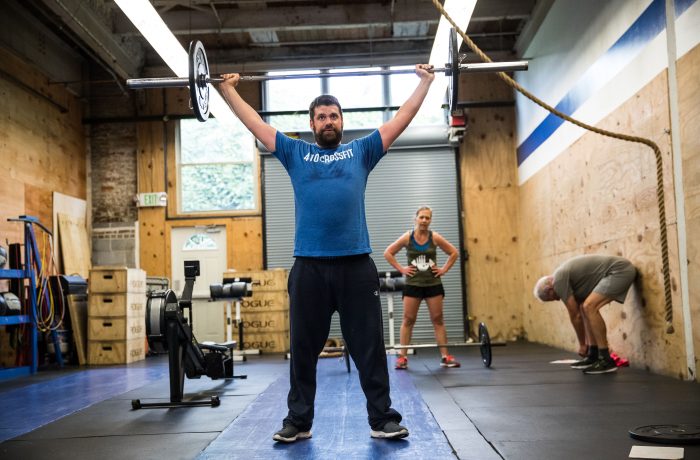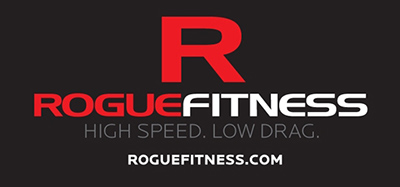
Should I Scale Or Rx?

By Sam Stuart
There is a physiologic stimulus each workout is trying to illicit. It is important that as we develop as an athlete we are learning what we can do to achieve the desired stimulus.
Let’s take Friday’s workout for example. 10 minute time cap: 30 Clean and Jerks (#185/135) , On the Minute: 7 toes to bar. Your coach explains the workout by saying the clean and jerk load should be a challenging weight, but something you can do in quick singles. The toes to bar should also be done quickly and strung together so that you can get back to the clean and jerks with enough time to get at least 3 more reps completed. Coaches explain this in order to help you understand the programmed stimuli of the workout. In other words, they want you to scale appropriately to achieve the intensity level that the workout was programmed for.
Some athletes find themselves in the gray area between the scaled and the prescribed. What’s the right choice for an athlete whose clean and jerk max is two hundred pounds and can squeak out a couple of unbroken toes to bar? Do we want them to RX it, risk injury, and not finish the workout within the time cap? Or would they be better suited to use one hundred fifteen pounds? There are “prescribed” weights on the whiteboard, but they are not one size fits all suggestions.
Greg Glassman says it best, “Be impressed with intensity, not volume”. For this workout, which had a 10 minute time cap, we are looking for you to feel like you just ran a sprint. It is a quick and effective workout when scaled appropriately.
Enjoy the process and accomplish small achievable goals rather than failing at the same movement or consistently going over the time cap. Respect your weaknesses and take time to develop them. Using heavier weights or doing more complex movements has its time and place. Listen to your coach, ask questions and constantly evaluate where you are as an athlete in an effort to make your work outs more productive.






